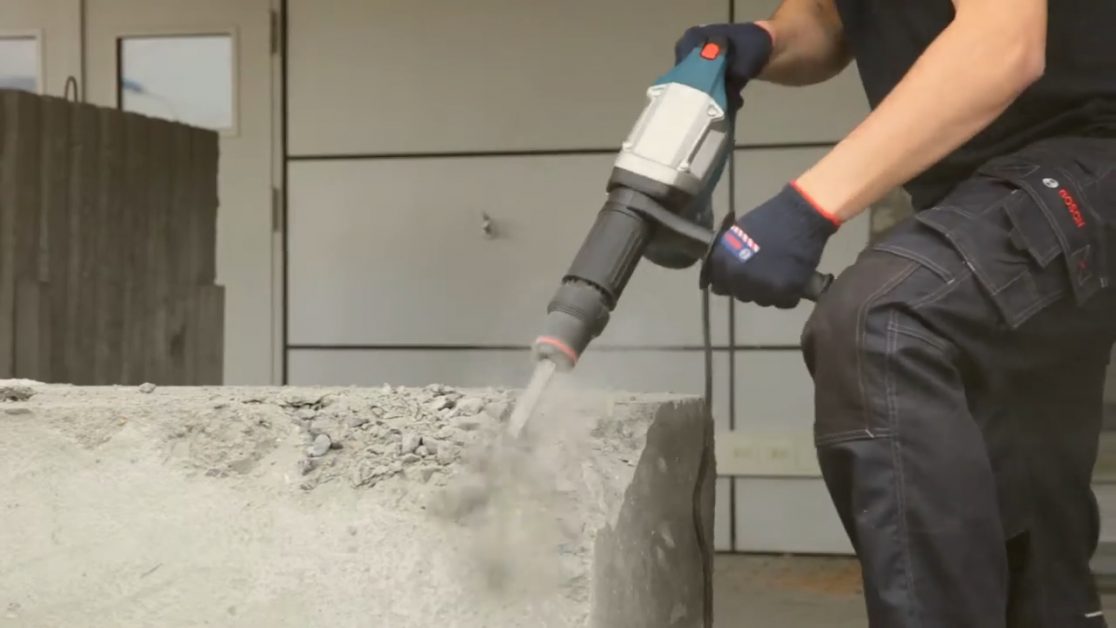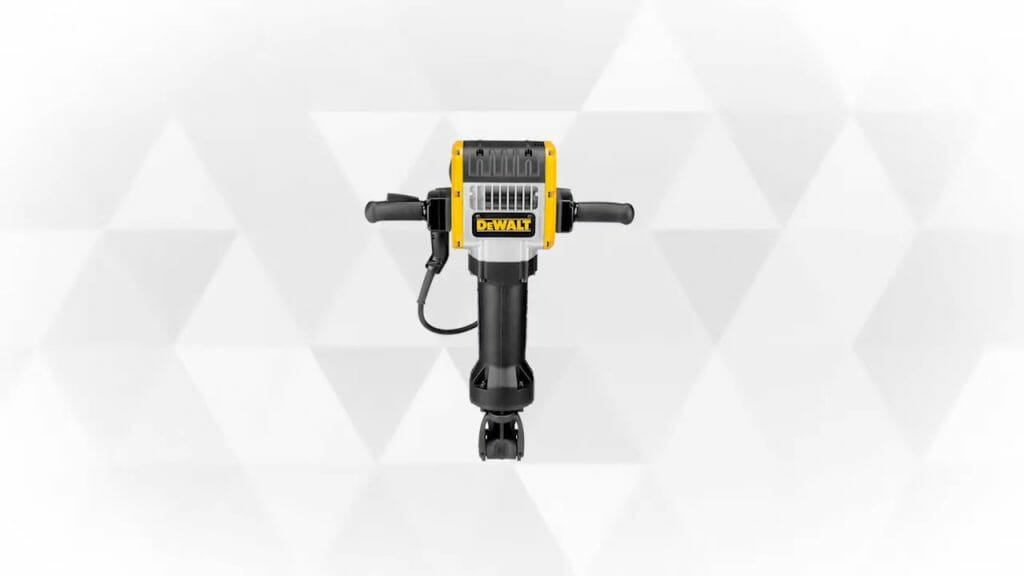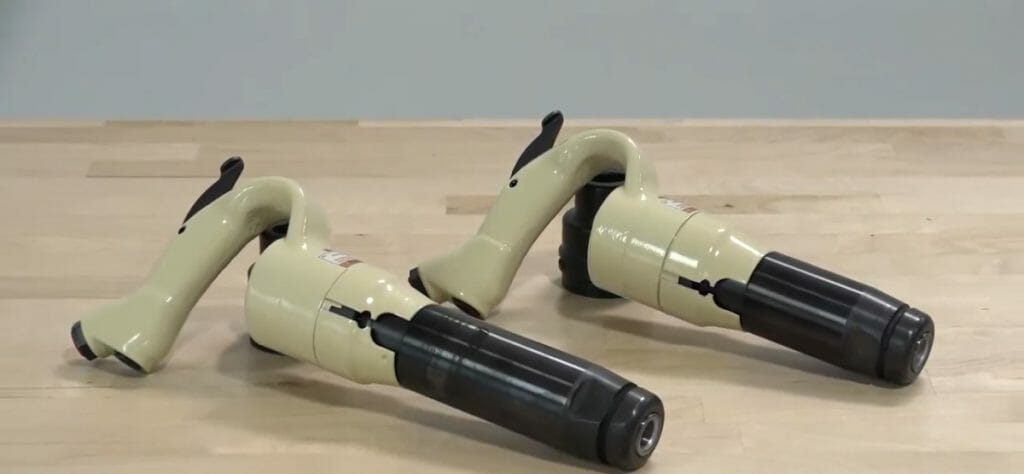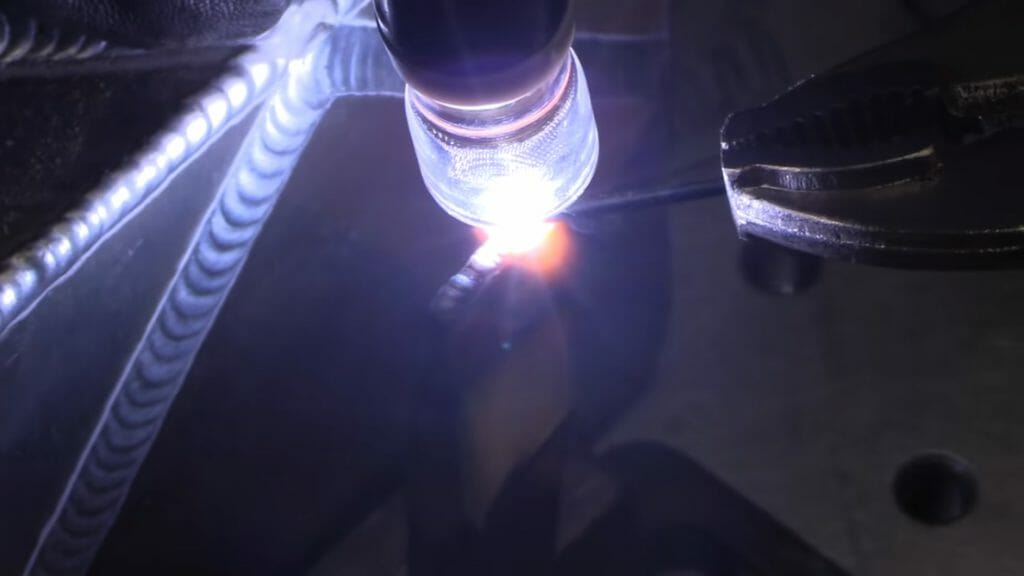What is a Chipping Hammer?

A chipping hammer is a lightweight, versatile tool to break concrete and other objects; in this article, I go in-depth into what it is and how it’s used.
As a handyman and contractor, I often use chipping hammers. They are powered hydraulically, pneumatically, and electrically. A chipping hammer will enable you to precise chip off a specific rock section, break concrete, and more. It’s effective and easy to operate.
In general, a chipping hammer is a piece of multi-purpose equipment that you can use to break concrete, chip off specific sections from a vertical or overhead surface, split rocks, break welded parts in cars, and many other tasks.
I will cover more details below.
Things You Need to Know About Chipping Hammers
A chipping hammer is a handheld tool to break up or demolish concrete infrastructure.
Source of Power
The following energy sources power chipping hammers:
- Electricity – Mostly used for average-size concrete-breaking tasks.
- Pneumatics – Used when in excess moisture settings or conditions.
- Hydraulics – This energy source is best for large and difficult tasks. They generate or provide incredible energy for the job in question.
How They Work
Chipping hammers utilize bits, chisels, and vibrations to quickly demolish or chip away undesirable concrete surfaces.
A bit or chisel is locked into position in the chipping hammer, and both hands hold the device. To use it, light it up and chip away concrete sections in your infrastructure.
What Bits to Use
You need a sturdy bit that can withstand the toughness of the concrete and the weight of your chipping hammer model.
So, get a masonry bit for your chipping hammer. Masonry bits are strong, carbon-tipped, and sharp. And those are the properties we need. A regular bit won’t suffice the tasks of chipping the hammer. They are fragile and incompetent in many aspects.
Chipping Hammer Models
Chipping hammer models use weight and BPM (blows per minute differences.
Heavy Models

Usually, heavyweight models (weighing over 25lbs) are the best but equally costly — they are the most powerful and unleash over 3000 blows per minute, BPM.
Light Models

As opposed to heavy models, lightweight chipping hammers are less powerful. And they produce less BPM.
The lightest models generate 900 to 950 blows per minute. This BPM range is too small and insufficient for heavy-duty tasks. You should go for heavier models to ensure quality and efficiency. (1)
However, you can also go for a light model if portability is your main concern. Another advantage of lightweight chipping hammers is that you can employ them for vertical surfaces. Heavyweight hammers will be too cumbersome.
Other Uses of Chipping Hammers
Chipping hammers can also be used for other tasks that do not involve concrete breaking. Here are some common other uses of chipping hammers.
- Breaking welded parts in various automotive quality processes – also known as weld cleaning or slag removal. With the hammer, you can fine-tune welded sections by removing slags.

- Cleansing large grey iron casting of flash
- Cleansing foundry furnaces
- To chip cast iron pipe
You can use a chipping hammer to remove or clean anything that requires heavy-duty removal of debris or materials.
Use a chipping hammer jointly with a chisel – depending on the nature of your task.
You can learn to use a chipping hammer properly or intuitively in a few minutes. However, a proper analysis of how to grab and manipulate your chipping hammer is vital for productivity and minimizing accidents. (2)
Take a look at some of our related articles below.
References
(1) quality and efficiency – https://www.researchgate.net/publication/
343009962_The_relationship_between_quality_and_efficiency_in_business_management
(2) productivity – https://www.businessnewsdaily.com/5658-easy-productivity-tips.html
Video References
Bosch Professional Philippines
weldingtipsandtricks
